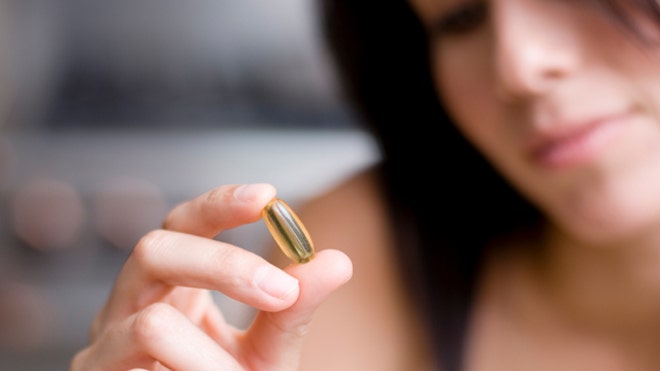
The shorter days of winter can give you the blues, and for some people, it may even lead to Seasonal Affective Disorder (SAD), or seasonal depression.
While many people know that they don’t feel their best during the winter months, they might not be aware that they could be suffering from a specific form of depression that begins in the late fall, peaks around January and February, and then starts to fade by early spring.
Some experts believe the increased darkness disrupts the brain chemicals that affect mood, such as melatonin and serotonin, and others believe that the reduced sunlight causes vitamin D deficiencies, which can translate to depressive feelings.
Symptoms of SAD include depression, anxiety, loss of energy, social withdrawal, loss of interest in normal activities, weight gain and appetite changes, according to the Mayo Clinic.
Instead of living with this every year, you can take steps to keep your mood boosted and avoid falling into a winter slump.
Exercise consistently
Getting regular exercise can alleviate stress and anxiety; its effects may even last longer than antidepressants. This beneficial side effect happens because exercise enhances the action of endorphins in the body, chemicals that circulate in the body which improve immunity, reduce the perception of pain and help improve mood. The neurotransmitter norepinephrine is also stimulated during exercise, which can also help improve mood and ease the symptoms of depression.
Check your vitamin D levels
The easiest way to get vitamin D is through direct sunlight on the skin; during the cold winter months we lose most of our access to natural vitamin D in the form of sunlight. Vitamin D deficiencies have been linked with increased rates of depression, so winter is an important time to speak with your doctor about taking a supplement.
The Institute of Medicine recommends 600 international units of vitamin D for most people, which is almost impossible to get through food alone. The best sources include cod liver oil, oysters, caviar, and fatty fish, such as herring and salmon.
Increase your omega-3 intake
These healthy fats can help relieve symptoms of depression as well as help maintain healthy levels of the brain chemicals dopamine and serotonin. Fatty fish such as mackerel, salmon, herring and anchovies are the best sources since they contain both EPA and DHA, which are forms of omega-3 fatty acids that are easily assimilated by the body. Vegan sources such as flaxseed, hemp and walnuts contain another source of omega-3 known as alpha-linoleic acid (ALA), which the body converts into EPA and DHA in small amounts.
Choose snacks wisely
A symptom of SAD is an increased craving for carbohydrates, which may be due to the decreased serotonin activity in the brain. In an effort to increase these low levels, the body craves foods that promote the production of serotonin. Choosing the right carbohydrates is critical. Processed or sugary carbohydrates will quickly raise blood sugar levels and cause an insulin spike. Once the sugar is metabolized there will be a sudden drop in blood sugar that can cause fatigue and irritability. Choose brightly colored vegetables to keep carbohydrate cravings under control, aiming for three to four cups per day, and be sure to include some protein with every meal and snack.
Source: Fox news

